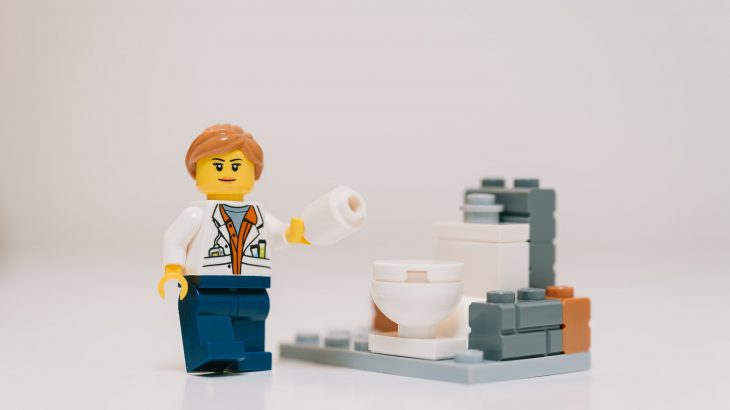What Are Low-Flow Toilets?
Low-flow toilets are great for conserving water. They also save you money through lower water bills. If you want to install a low-flow toilet, you need to know the pros and cons. Before investing in a low-flow toilet, it is best to weigh the pros and cons.
Most low-flush toilets use a pressure-assisted system to control the water used when you flush the toilet. In this case, pressure and gravity work together to create a powerful flush. So, you still get to move solid waste through the system with little water.
Some low-flush toilets also use the gravity-driven flush. These toilets use gravity to move water from the tank into the toilet bowl and down the drain.
Advantages of Low-Flow Toilets
Low-flow toilets have several advantages. You will make the right decision when debating between low-flow and standard toilets if you have all the facts.
- Low-flow toilets save water. The daily amount of water you save may be minimal, especially for a small household. However, if you consider the toilet’s life span, that is a lot of water.
- It saves money. Any reduction in your water bill is welcome. Low-flow toilets in Malaysia tend to use 3 – 4.5 litres of water, while the standard toilet uses approximately 9 litres per flush. This difference is going to reflect on your water bill.
- Recover your investment quickly. Low-flush toilets have a lifespan of about 30 years. The amount of water and money you save will easily add to your investment in a few years. Additionally, the low-flow toilet can be a selling point as it adds value to your property should you decide to sell your house.
Disadvantages of Low-Flow Toilets
Unfortunately, low-flow toilets do not come with their set of challenges. Consider the disadvantages of low-flow toilets and ask yourself if you are ready to live with them. If you do, then the low-flow toilet is the right choice.
- They flush loudly. Most low-flow toilets use pressure-assisted technology. The little water, high-pressure feature conserves water, but the pressure is essential to push down the waste. So, you will be trading the high pressure for a loud flush.
- Clogs are common. Unfortunately, since the toilet uses little water, it will clog easily if the pressure is insufficient. Not only is this uncomfortable, but you may end up having other plumbing issues.
- Doesn’t work in places with low water pressure. Low-flow toilets work best in places with high water pressure. You may need to flush often to get rid of solid waste, and sometimes, a few flushes don’t even work. You may need to consider using water from another source so that the pressure can push the waste down the drain.
- It may not work well in the traditional drainage setup. Low-flush toilets are more common in modern homes because the drainage systems accommodate the water flow. Unfortunately, if you live in an old home, the pipes may not have been laid in the right angles and gradients in anticipation of low-flow toilets.
These are the main pros and cons of low-flow toilets. If the benefits outweigh the cost, then it is the ideal toilet for your home. However, if you feel the cons are greater than the pros, you are better off getting the standard toilet.
